Emergency lights and exit signs are specified and installed at the time of the building's construction but are often neglected thereafter. A clear and easy-to-follow plan ought to be created and followed to ensure compliance and safety. When the Occupational Safety and Health Association (OSHA) imposes fines for non-compliant emergency lighting, it can cost up to $7,000 for a first-time violation and as much as $70,000 for a repeat violation. Besides the fines, if an emergency occurs and the system is faulty, lives may be at risk and you may face jail time. Follow these 6 Critical Tips to keep you and your building safe.
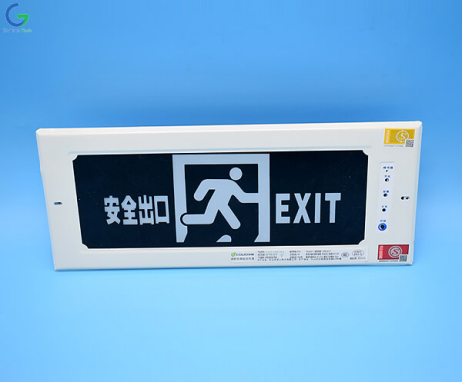
Emergency lights should turn on automatically within 10 seconds of a power outage, last for at least 1.5 hours, and provide at least 1fc average of light along the path of egress. it is also important to have emergency lights in enclosed areas, such as bathrooms, changing rooms, stairwells, corridors and lobbies, to ensure occupants can safely manage the path of egress.
Exit Signs must be clearly marked and illuminated during power outages and darkness during building occupancy. The signs must remain illuminated during darkness for at least 90 minutes. You must check the batteries on exit signs once per month and do a full discharge test once per year. These are required by law. In addition to Exit Signs, you will need signage posted indicating the direction of the nearest exit, if not immediately obvious. This includes braille signs.
If there are doors or paths along the exit route that might be mistaken for an egress path, you must post a sign that says, Not An Exit or the actual use of the room. NFPA Life Safety 101 Standards require that the exit path be clearly marked by a sign with the word “exit” that is not decorated or obstructed from sight.
Batteries have a usable life span which can be shortened by vibrations, temperature fluctuations, and by prolonged discharge. Building code and life safety laws require that batteries be tested every 30 days and annually. Safety lighting equipment have a must-to-test button which can be used to test the battery. If you push the button and you see that the lighting doesn't engage or your hear a buzz, you must determine the cause of the failure immediately. Often, it is the battery. Take note of the dimensions, voltage, amp hours, terminal connector, and battery-type (Sealed Lead Calcium, Sealed Lead Acid, Ni-Cad, etc..) Godson Technology has every type of battery, we can help you select the correct battery.
Exit paths must be clear, accessible, and adequately lit — This includes exit access (leading up to the exit), the exit itself, and the exit discharge (outside of the exit). Exit routes must also remain visible during any construction or building repairs.
Periodic Inspections are required monthly, yearly, and after prolonged power outages. Proper maintenance can save lives, prevent injury, and reduce your legal exposure. Inspections include a visual check for exterior damage and a battery test. An annual inspection includes:
● Checking battery terminals. (tightness, corrosion, wear)
● Measuring the “float voltage” (the constant voltage that is applied continuously to a battery cell)
● Battery-load and discharge test that simulates the unit being lit on battery backup for 90 minutes.
● Bulbs and batteries should also be replaced as needed. *consider retrofitting incandescent or fluorescent bulbs to long-lasting LEDs.
Create and maintain clear plans for inspecting and testing your equipment. Testing and maintenance requirements for emergency lighting can be found in NFPA 101, Section 7.9.3. It is recommended that you create a log book that contains the asset tag of the equipment inspected, an index of installation locations by equipment, along with a log of inspections that contain the date and time of inspections, type of inspection, who performed the inspection, recommended follow-up points with a follow-up date. The documentation should be signed by the person performing the inspection. The inspections should be scheduled and assigned to ensure compliance. If you cannot perform these tests yourself, contact us and we can help you.

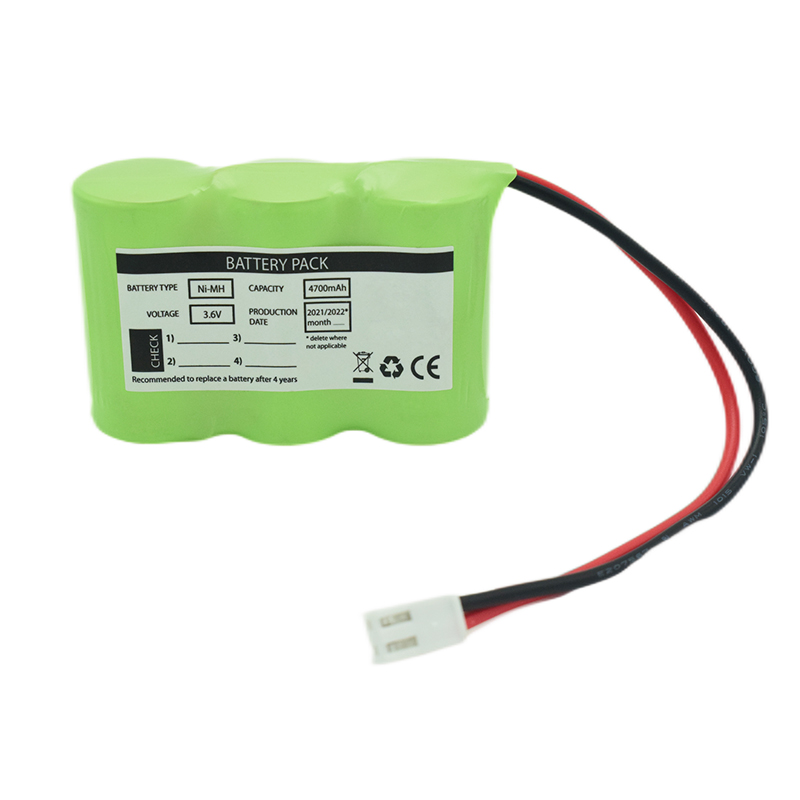 Ni-MH Battery C4700mAh 3.6V
Ni-MH Battery C4700mAh 3.6V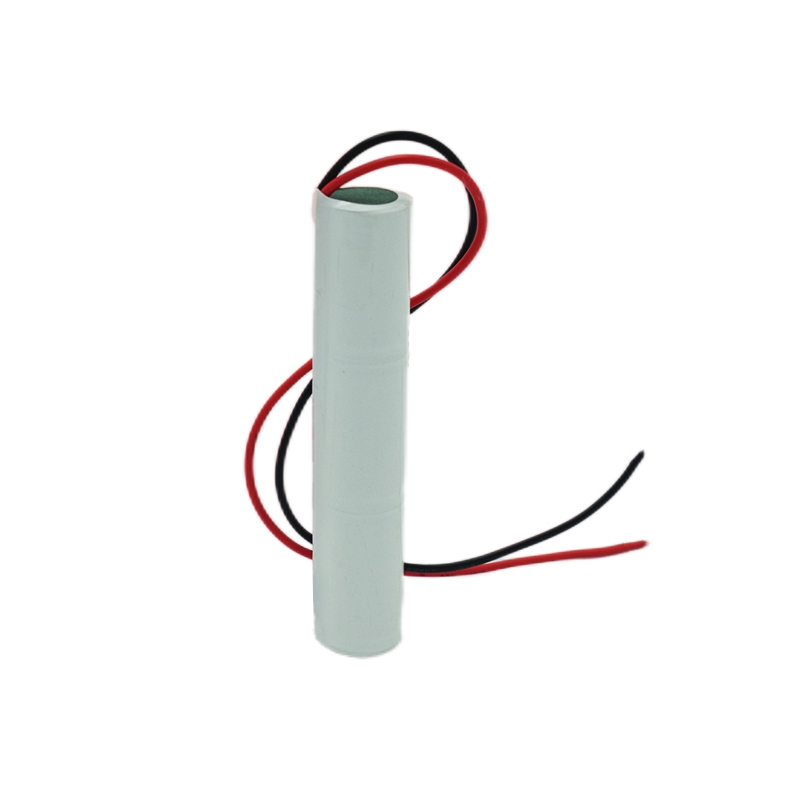 Nickel Cadmium Nicd Battery Pack SC1800mAh 3.6V
Nickel Cadmium Nicd Battery Pack SC1800mAh 3.6V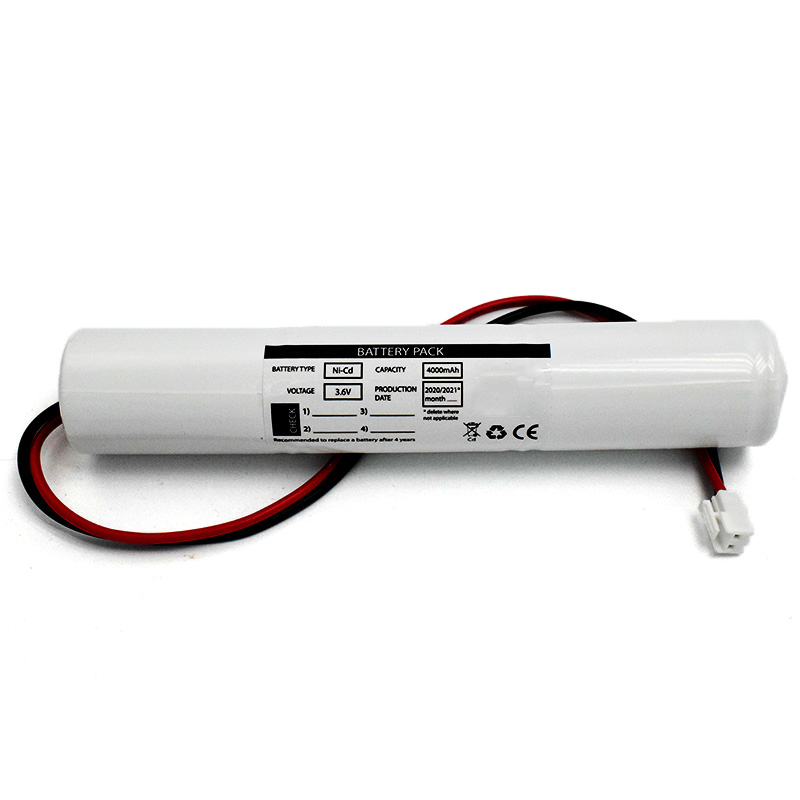 Ni-Cd Battery Pack D4000mAh 3.6V
Ni-Cd Battery Pack D4000mAh 3.6V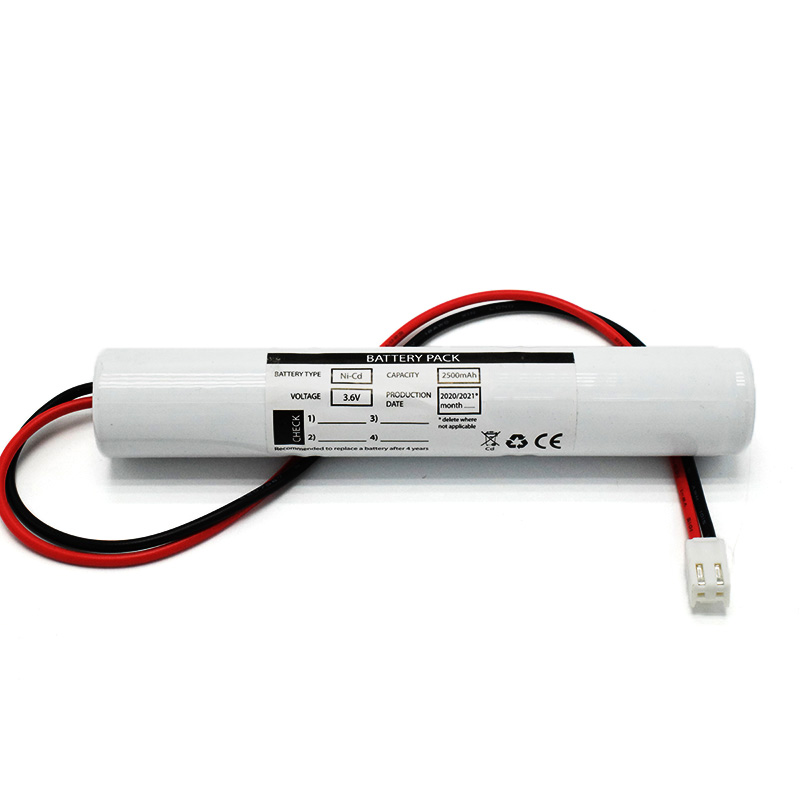 Ni-Cd Battery Pack C2500mAh 3.6V
Ni-Cd Battery Pack C2500mAh 3.6V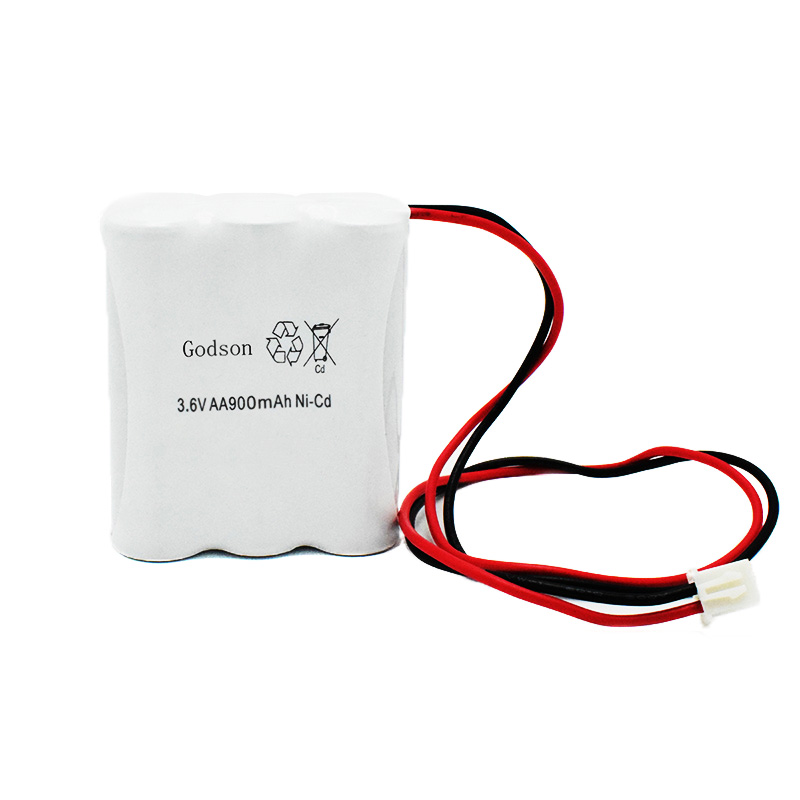 NICAD Battery Pack AA900mAh 3.6V
NICAD Battery Pack AA900mAh 3.6V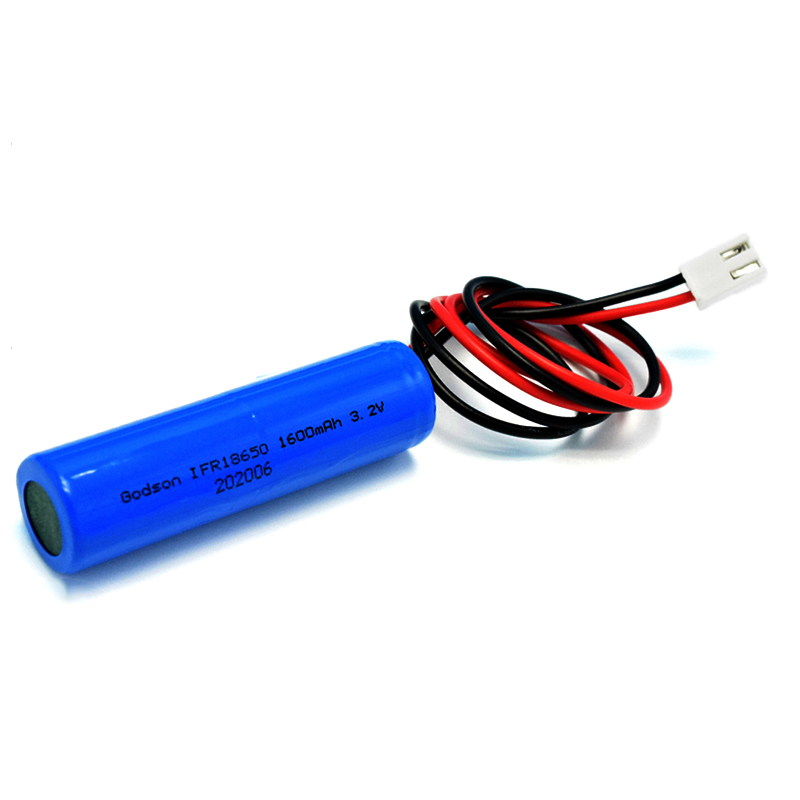 LiFePO4 IFR18650 1600mAh 3.2V
LiFePO4 IFR18650 1600mAh 3.2V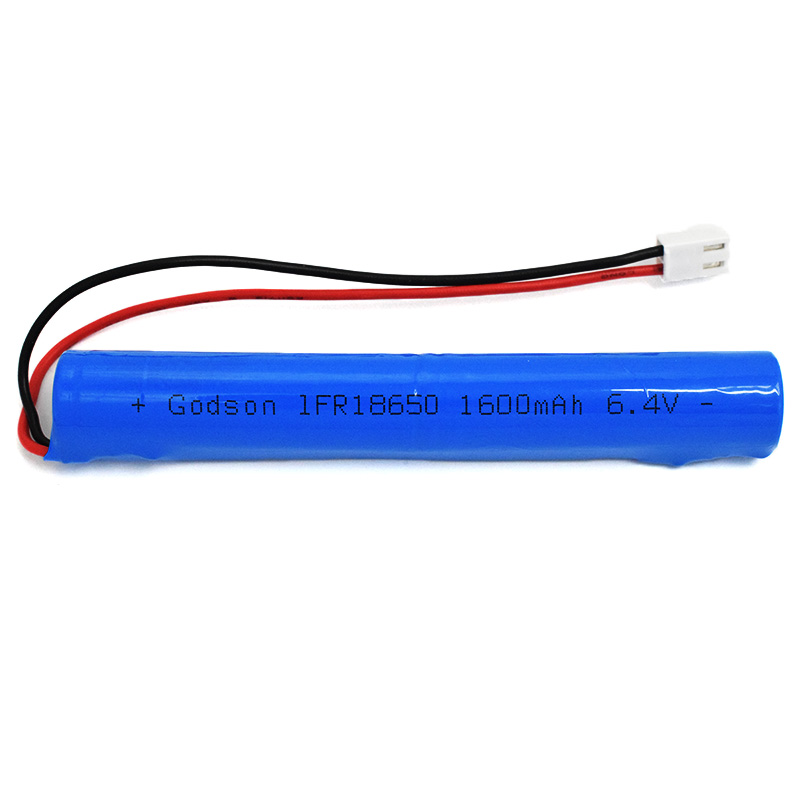 LiFePO4 IFR18650 1600mAh 6.4V
LiFePO4 IFR18650 1600mAh 6.4V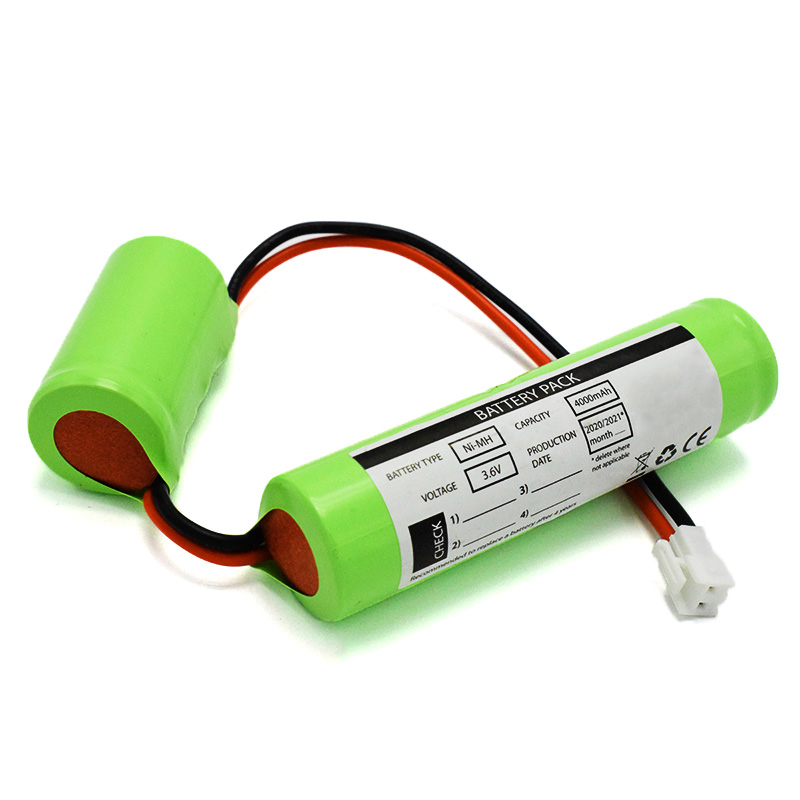 Ni-MH Battery C4000mAh 3.6V
Ni-MH Battery C4000mAh 3.6V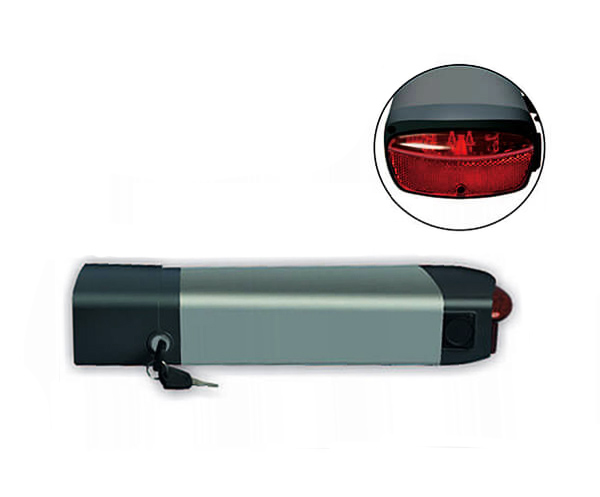 E-bike Battery 48V 10Ah JL-1
E-bike Battery 48V 10Ah JL-1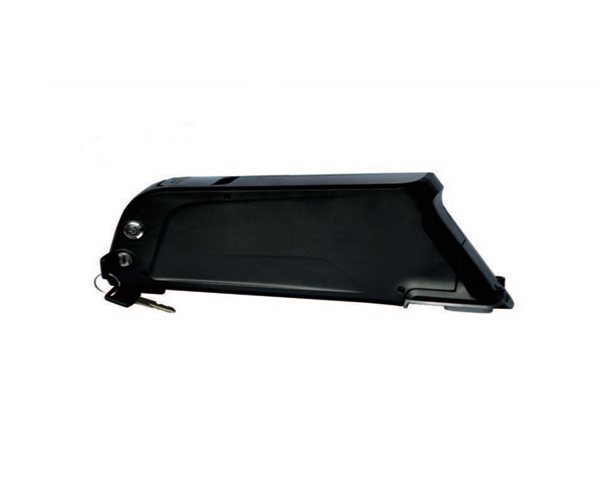 E-bike battery 48V 10Ah Qing Tian
E-bike battery 48V 10Ah Qing Tian